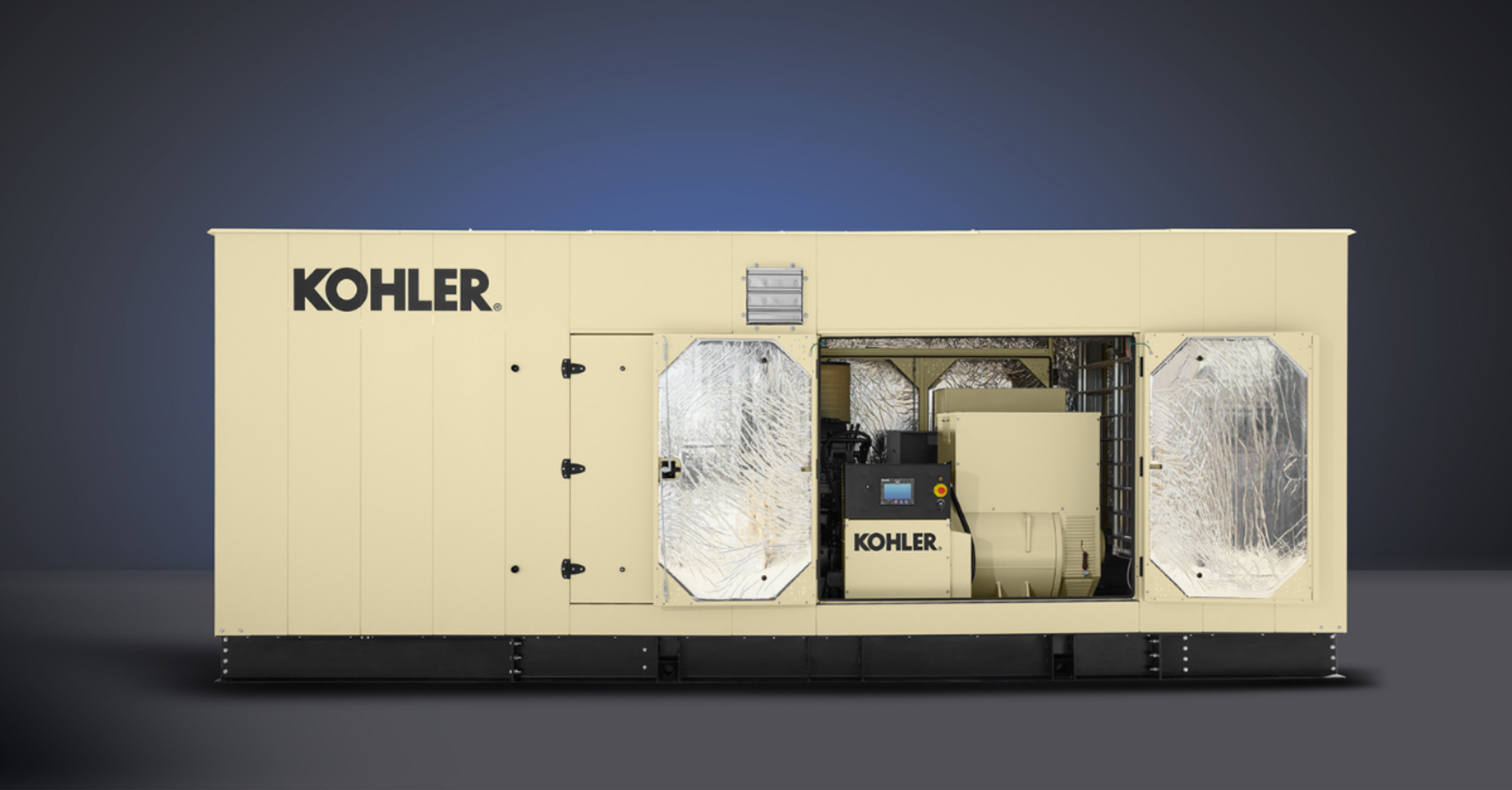Beyond the Genset: Why Generator Enclosures Matter And How To Get Them Right
When it comes to ensuring reliability and resiliency for your data center, selecting the right generator is clearly important. However, there is another vital aspect to a data center’s backup power configuration that is also crucial, but doesn’t get as much attention: the generator enclosure. What do you need to know about enclosures, and how can you know you’re getting the best housing for your genset?
As a data center, choosing a power node is the main part of the process in finding the right backup power solution. Beyond the choice of genset, though, the next most important challenge is finding the right package for the equipment. The enclosure plays a crucial role in overall performance, safety, and service, so choosing the right design can make or break an important investment.
Each data center’s site layout, power setup, cooling system, and geographic location are different. With these unique environmental and operational needs, the packaging around any given enclosure needs to be considered with the unique aspects that will affect it as part of a full backup power solution. These considerations almost always involve elements like noise levels, temperature requirements, and space restrictions. Sometimes, they involve far more difficult and complex elements in addition.
For example, for data centers in the state of Florida, a standby power system may experience some of the most severe weather conditions in the United States during a hurricane event—including severe storms with winds over 180 mph. For generator enclosures in this part of the world, their design, manufacturing, and installation must meet test protocols found in the Florida Building Code that focus on the enclosure’s ability to withstand wind load, rain intrusion, and wind-borne debris impact.
Learn More: Designing Enclosures for Hurricane Ratings and the Florida Building Code
With most data center campuses the demands on an enclosure may not be as extreme, but they are crucial nonetheless. After all, the ability to address enclosure specifications can greatly enhance the generator's performance, efficiency, safety, and compliance with environmental regulations. For many data center leaders, ensuring the right enclosure presents a true test of how well a vendor can meet the needs of a given facility, and in some cases can even illustrate a weak point in the data center supplier sector.
So, what should a data center be thinking about when approaching an enclosure? Here are some of the essential questions when evaluating the functionality of a generator enclosure:
- What are the most important enclosure components to assess when evaluating the best match for your data center site and operations?
- What are the considerations you should have in mind when selecting a vendor for your enclosure?
- What are the reasons that most data centers choose a walk-in enclosure over a container enclosure?
- What are the often-overlooked factors that separate a good enclosure solution from a great one?
- What are the pros and cons of acquiring an enclosure from a third party in comparison to the generator manufacturer?
With Kohler’s latest special report, all these questions and more are addressed in one handy resource. This guide explores the key considerations and lesser-known factors surrounding enclosures that can make a significant difference in the longevity and effectiveness of your backup power solution. From size and emissions to weather and security, understanding these elements will help you make a well-informed decision for your data center, taking care of your backup considerations so you can focus on what you know best: providing low latency and robust connectivity.
Read the special report here: Packaging Your Power: An Insider’s Look At Data Center Backup Generator Enclosures
